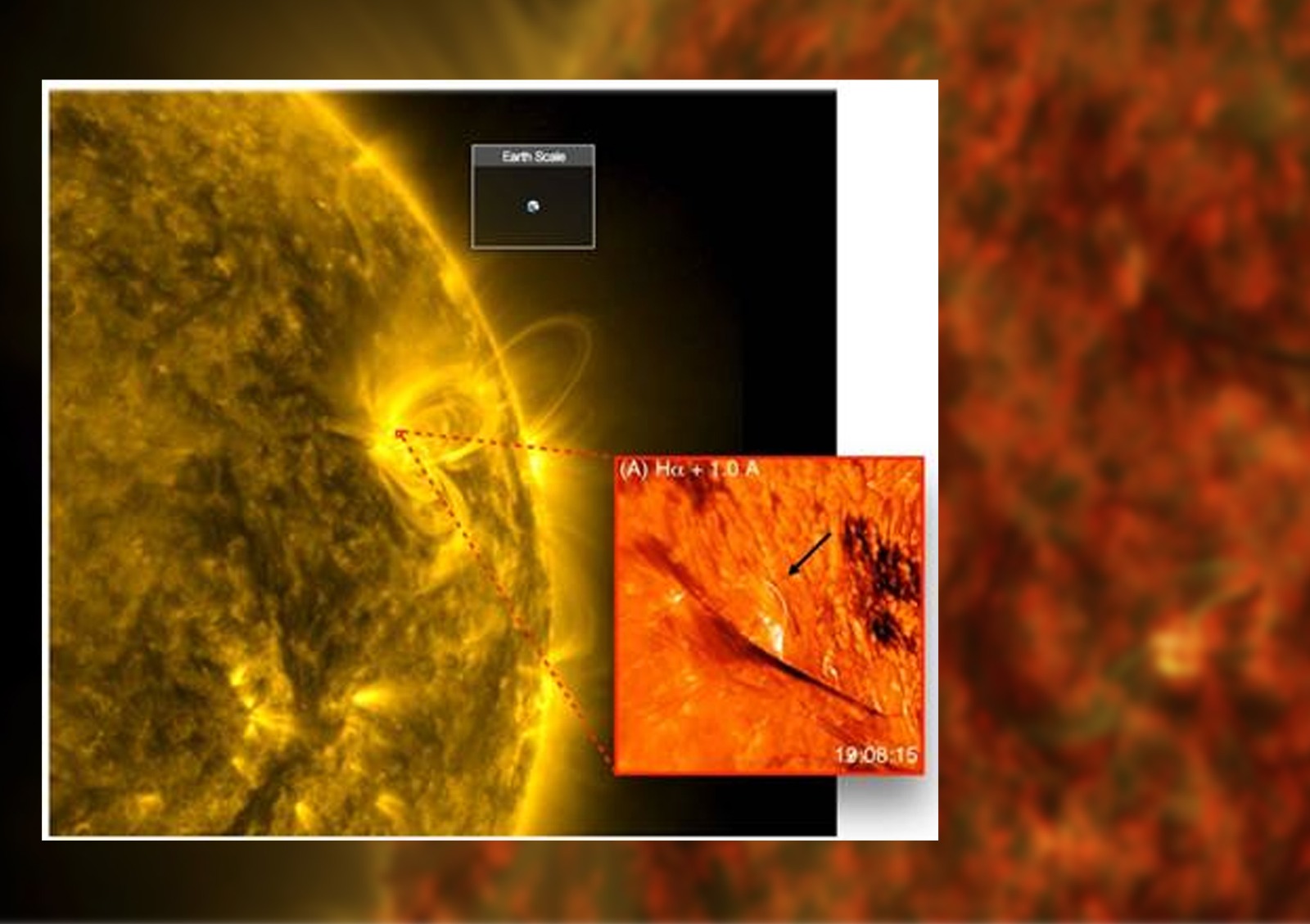
Dipanjan Mondal
New Delhi:
In a significant study, Indian astronomers have found striking miniature plasma loops hidden deep in the lower layers of the Sun’s atmosphere. This discovery could shed light on a major mystery of solar physics: how the Sun stores and explosively releases magnetic energy.
The research, led by scientists at the Indian Institute of Astrophysics (IIA), shows that the Sun's outer atmosphere, or corona, is much more complex than previously thought. While larger coronal loops have been studied extensively, these newly discovered tiny loops, measuring about 3,000 to 4,000 kilometers in length and less than 100 kilometers in width, were difficult to see due to their short lifespan and their position within the dense chromospheric layer.
“These tiny loops live fast and die young, lasting only a few minutes. This makes it very hard to observe them and understand their origins. Even though they are small, these loops offer significant insights into the Sun. They provide a new perspective on how magnetic energy is stored and released in the solar atmosphere on small scales,” said Annu Bura, a Ph.D. student at IIA and the study's lead author.
The team used high-resolution imaging and spectroscopy. They combined data from advanced solar instruments, including the Goode Solar Telescope at Big Bear Solar Observatory (BBSO), NASA’s Interface Region Imaging Spectrograph (IRIS), and the Solar Dynamics Observatory (SDO).
“Our multi-instrument observation allowed us to analyze the loops in visible light, ultraviolet, and extreme-ultraviolet wavelengths. This revealed their behavior across the chromosphere, transition region, and corona, which are the different layers of the Sun's atmosphere,” Annu Bura added.
A key part of their analysis was the H-alpha spectral line from hydrogen atoms. This line showed delicate arcs in the red wavelengths, structures that were clearly observed for the first time.
“We detected significant broadening of the spectral line and stronger signals in the spectral lines using IRIS spectroscopic data. This indicates that there are very strong processes happening due to magnetic fields tied to their origin. This observation can be understood as a complex plasma process called magnetic reconnection, where tangled magnetic field lines snap and rearrange, releasing energy,” said Tanmoy Samanta, a faculty member at IIA and co-author of the study.
He also noted, “We saw plasma jets shooting upward from the tops of these loops. These jets seem to come from the same origin as the loops, suggesting they are both linked to the same explosive reconnection event.”
To find out how hot the plasma within these loops is, the researchers used Differential Emission Measure analysis. This technique revealed temperatures soaring above several million degrees, hot enough to be captured in extreme-ultraviolet light by SDO’s Atmospheric Imaging Assembly.
“This behavior is puzzling because the loops are about 1 million meters high and are in the chromosphere, where plasma densities are much higher than in the corona. Heating the plasma to such high temperatures is quite challenging,” explained Jayant Joshi, another faculty member at IIA and co-author. “Future spectroscopic observations can help us understand this puzzling behavior.”
Looking ahead, sharper imaging and sensitive measurements of magnetic fields from next-generation telescopes, such as India’s upcoming 2-meter National Large Solar Telescope (NLST), which will be set up near Pangong Lake in Ladakh, could provide deeper insights into the Sun’s complex magnetic activity.
The study, titled “Miniature Magnetic Loops in the Lower Solar Atmosphere,” has been published in The Astrophysical Journal. It was a collaborative effort involving scientists from NASA, the Max Planck Institute for Solar System Research (MPS) in Germany, and BBSO in the United States.